
Recommendation
Best-selling author William Ury has the topic of negotiation down cold. Reading this classic book (originally released in 1991) is a pleasure and the reasons it became a bestseller are obvious: It is clear, concise and eminently readable. This book has such wide appeal that getAbstract recommends it to all businesspeople and to anyone who ever needs to negotiate about anything – from cops bargaining with hostage takers to consumers pushing for the best car prices. Read this book and become a better negotiator.
Summary
About the Author
William Ury, Ph.D., is a negotiator, public speaker and author. He is co-founder and senior fellow of the Harvard Negotiation Project. He is the co-author of Getting to Yes and Getting Disputes Resolved, and the author of The Third Side, Getting to Peace and The Power of a Positive No, among other books.


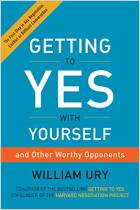
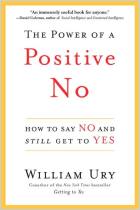
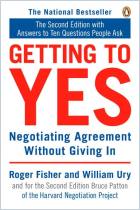

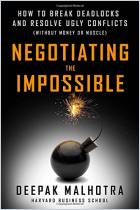
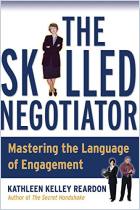

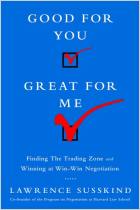
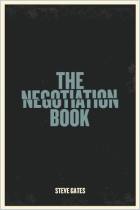


Comment on this summary